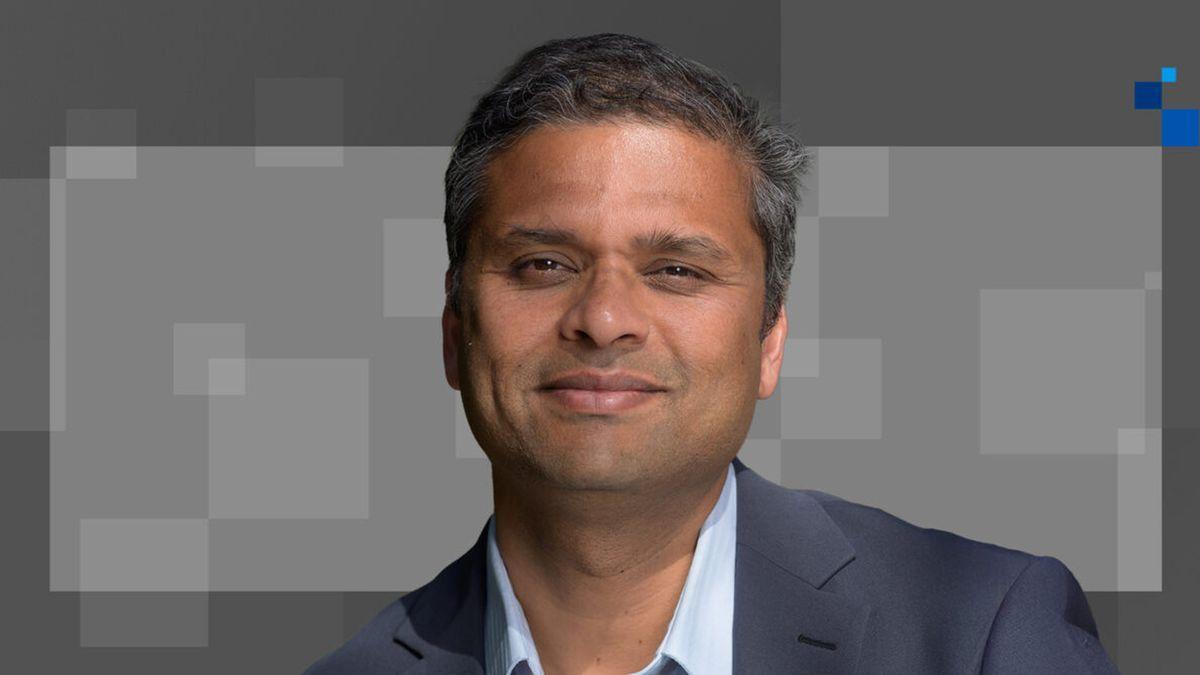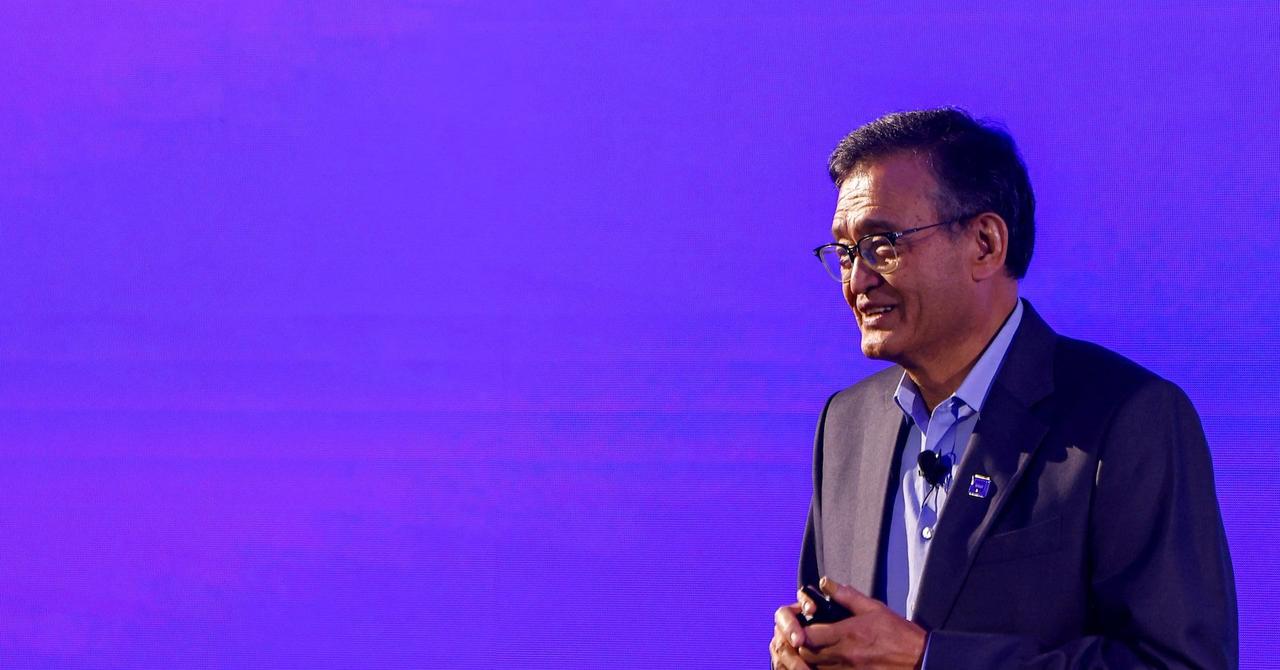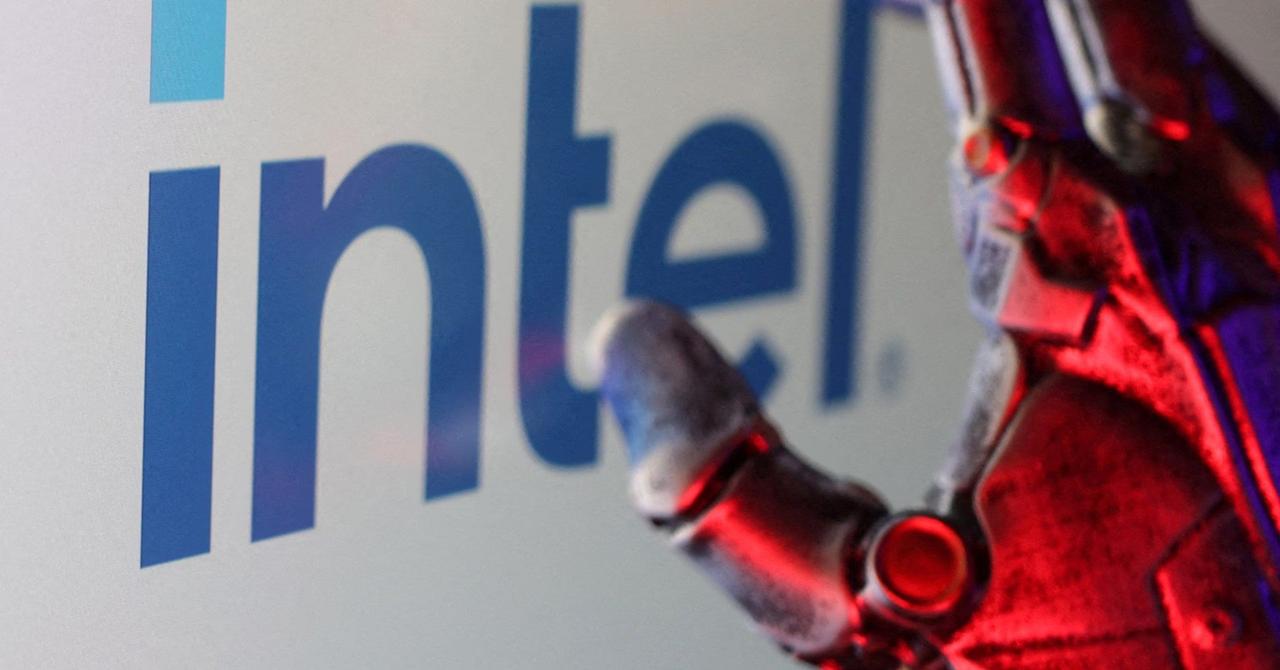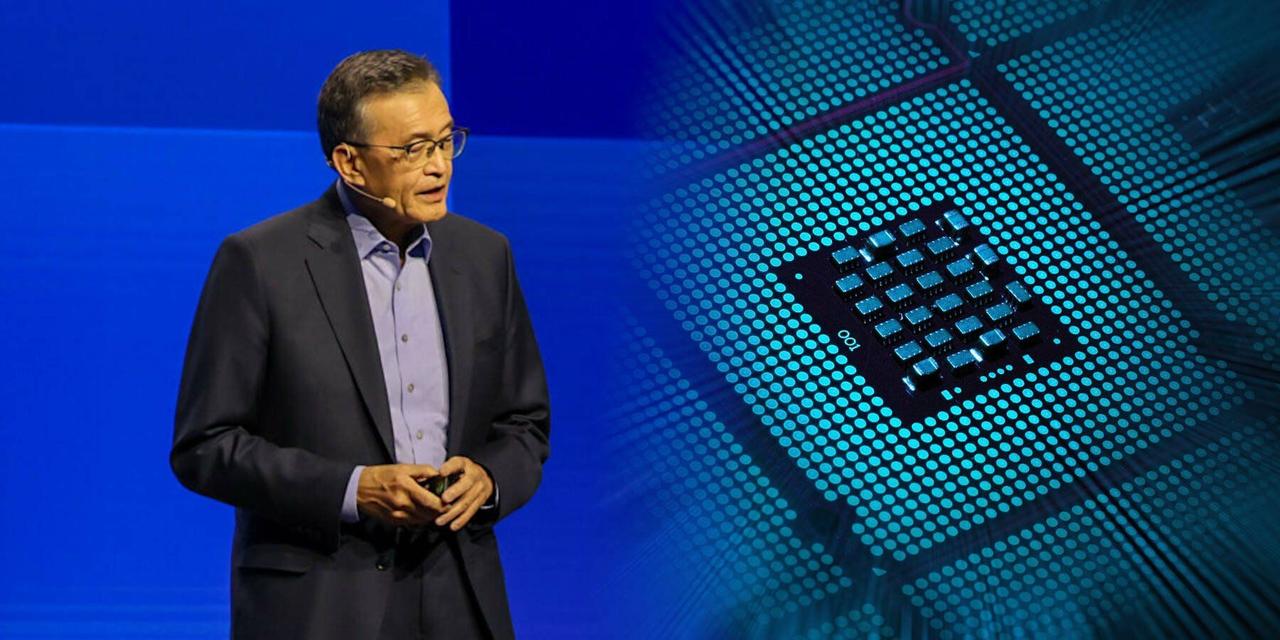Intel Reshapes Leadership: Sachin Katti Appointed as CTO and AI Chief
3 Sources
3 Sources
[1]
Intel Names Sachin Katti as the CTO and AI Chief | AIM Media House
In addition to Katti's appointment, Tan has flattened Intel's organisational structure to give key technical leaders direct access to the CEO. Intel has appointed Sachin Katti as its new CTO and head of AI, marking a pivotal leadership shift under newly appointed CEO Lip-Bu Tan, according to a report by The Reuters. The move is part of a broader reorganisation Tan is aiming at for decision-making and reinforcing Intel's focus on AI. Katti, who previously led Intel's networking and edge computing division, will now oversee the company's AI strategy, product roadmap, and Intel Labs. He will also manage Intel's relationships with startups and developer communities. This leadership consolidation is a strategic pivot to centralise innovation and accelerate Intel's AI ambitions, which have struggled to gain traction under previous organisational structures. Previously treated as a sub-unit within Intel's data centre business, AI initiatives are now getting a dedicated leader at the top. Katti's elevation follows the tenure of Greg Lavender, Intel's former CTO, who served from 2021 to 2025 and focused heavily on software strategy, AI, and confidential computing. Historically, Intel CTOs have shaped core technology development, including CPUs, system design, and semiconductor processes. Katti now inherits these responsibilities along with the company's broader AI and edge computing agendas. In addition to Katti's appointment, Tan has flattened Intel's organisational structure to give key technical leaders direct access to the CEO. Rob Bruckner, Mike Hurley, and Lisa Pearce -- leaders of major divisions including client architecture, silicon engineering, and GPU/NPU IP -- will now report directly to Tan, bypassing previous management layers. Tan also hinted at an expanded role for Michelle Johnston Holthaus, who previously managed all Intel Products. "I want to roll up my sleeves with the engineering and product teams so I can learn what is needed to strengthen our solutions," Tan wrote in a message to employees. In another structural shift, Intel's new head of government affairs will report directly to Tan, highlighting the increasing strategic importance of global policy and regulatory issues, especially amid ongoing tensions with China. Former head Bruce Andrews, a veteran of the Obama administration, exited the company following the US elections in November.
[2]
Sachin Katti Takes Charge As CTO And Head Of AI At Intel
Signalling a strategic shift in AI Innovation, Intel Corporation has elevated Sachin Katti to the role of Chief Technology Officer and Head of AI. This move marks a pivotal moment in the company's AI and technology strategy. Signalling a strategic shift in AI Innovation, Intel Corporation has elevated Sachin Katti to the role of Chief Technology Officer and Head of AI. This move marks a pivotal moment in the company's AI and technology strategy. Leveraging Katti's deep experience in networking, edge computing, and AI research highlights Intel's commitment to a more cohesive and accelerated AI strategy for accelerating its artificial intelligence roadmap.
[3]
Intel CEO flattens leadership structure, names new AI chief
ANN/THE STAR - Intel's new chief executive officer (CEO), Lip-Bu Tan, is flattening the semiconductor giant's leadership team, with important chip groups reporting directly to him, according to a memo from Tan seen by the media. Intel has also promoted networking chip chief Sachin Katti to be chief technology officer and artificial intelligence (AI) chief, according to the memo. The leadership changes are the first major move under Tan, who took the top job last month, to turn around the venerable Silicon Valley chipmaker after years of problems. Intel's data centre and AI chip group, as well as its personal-computer chip group, will report directly to Tan. They previously were overseen by Michelle Johnston Holthaus, who remains chief executive of Intel products and whose work will expand to new areas. "I want to roll up my sleeves with the engineering and product teams so I can learn what's needed to strengthen our solutions," Tan wrote. "As Michelle and I drive this work, we plan to evolve and expand her role with more details to come in the future." The shakeup by Tan, who has promised a leaner version of the storied American chipmaker, follows an extended period of turmoil at Santa Clara, California-based Intel. The previous chief left last year after disagreements with its board of directors over how to turn the company around after years of manufacturing and product missteps. A top challenge is confronting the rise of Nvidia, which has become the dominant supplier of AI chips. Despite acquiring several AI chip startups, Intel failed to settle on a coherent strategy to challenge Nvidia, and in January shelved its most recent attempt, a chip called Falcon Shores. Developing the new AI strategy will now fall to Katti. Tan's email says Katti "is expanding his responsibilities to include the role of chief technology and AI officer for the company. As part of this, he will lead our overall AI strategy and AI product roadmap, as well as Intel Labs and our relationships with the startup and developer ecosystems." Katti, who is also a professor at Stanford University, will succeed Greg Lavender, who is retiring from Intel, according to the memo. Tan's memo said that three longtime technical executives - Rob Bruckner, Mike Hurley and Lisa Pearce - will now report to Tan. "This supports our emphasis on becoming an engineering-focused company and will give me visibility into what's needed to compete and win," Tan wrote in the memo. The memo follows Tan's public comments that he aimed to trim layers of management from the company so that executive leadership would work more closely with its engineers. "It's clear to me that organisational complexity and bureaucratic processes have been slowly suffocating the culture of innovation we need to win," Tan said in the memo. "It takes too long to make decisions. New ideas are not given room or resources to incubate. And unnecessary silos lead to inefficient execution."
Share
Share
Copy Link
Intel's new CEO Lip-Bu Tan restructures the company, appointing Sachin Katti as CTO and AI Chief, signaling a renewed focus on AI innovation and streamlined decision-making.

Intel's Leadership Overhaul: A New Era for AI and Innovation
In a significant move to revitalize its position in the tech industry, Intel Corporation has announced major leadership changes under its newly appointed CEO, Lip-Bu Tan. The restructuring aims to streamline decision-making processes and reinforce the company's focus on artificial intelligence (AI)
1
.Sachin Katti: The New CTO and AI Chief
At the heart of this reorganization is the appointment of Sachin Katti as Intel's new Chief Technology Officer (CTO) and Head of AI. Katti, who previously led Intel's networking and edge computing division, will now oversee the company's AI strategy, product roadmap, and Intel Labs. His role also extends to managing Intel's relationships with startups and developer communities
2
.Flattening the Organizational Structure
CEO Lip-Bu Tan has implemented a flatter organizational structure, giving key technical leaders direct access to the CEO. This move is designed to foster closer collaboration between executive leadership and engineers, addressing what Tan describes as "organizational complexity and bureaucratic processes" that have hindered innovation
3
.Strategic Shifts in Reporting Lines
Several high-ranking executives, including Rob Bruckner, Mike Hurley, and Lisa Pearce, who lead major divisions such as client architecture, silicon engineering, and GPU/NPU IP, will now report directly to Tan. This restructuring bypasses previous management layers, aiming to accelerate decision-making processes
1
.Centralizing AI Initiatives
Intel's AI initiatives, previously a sub-unit within the data center business, now have a dedicated leader at the top. This centralization is a strategic move to accelerate Intel's AI ambitions, which have struggled to gain traction under previous organizational structures
1
.Related Stories
Challenges and Competition
The restructuring comes at a critical time for Intel, which has faced years of manufacturing and product missteps. A key challenge for the company is confronting the rise of Nvidia, which has become the dominant supplier of AI chips. Despite acquiring several AI chip startups, Intel has struggled to develop a coherent strategy to challenge Nvidia, recently shelving its Falcon Shores chip project
3
.Looking Ahead
As Intel navigates this transition, the tech industry will be watching closely to see if these changes can reinvigorate the company's innovation pipeline and competitive position in the AI chip market. The success of this restructuring could have far-reaching implications for Intel's future in the rapidly evolving landscape of AI and semiconductor technology.
References
Summarized by
Navi
[3]
Related Stories
Intel's AI Chief Defects to OpenAI After Just Seven Months, CEO Takes Direct Control
11 Nov 2025•Business and Economy

Intel Reshapes Leadership with AI-Focused Hires in Turnaround Strategy
19 Jun 2025•Business and Economy

Intel's New CEO Lip-Bu Tan Plans Major Overhaul of Manufacturing and AI Operations
14 Mar 2025•Business and Economy

Recent Highlights
1
AI Chatbots Sway Voters More Effectively Than Traditional Political Ads, New Studies Reveal
Science and Research

2
OpenAI declares code red as Google's Gemini 3 gains 200 million users in three months
Technology

3
Trump approves Nvidia H200 chip exports to China with 25% revenue cut, defying Senate concerns
Policy and Regulation





